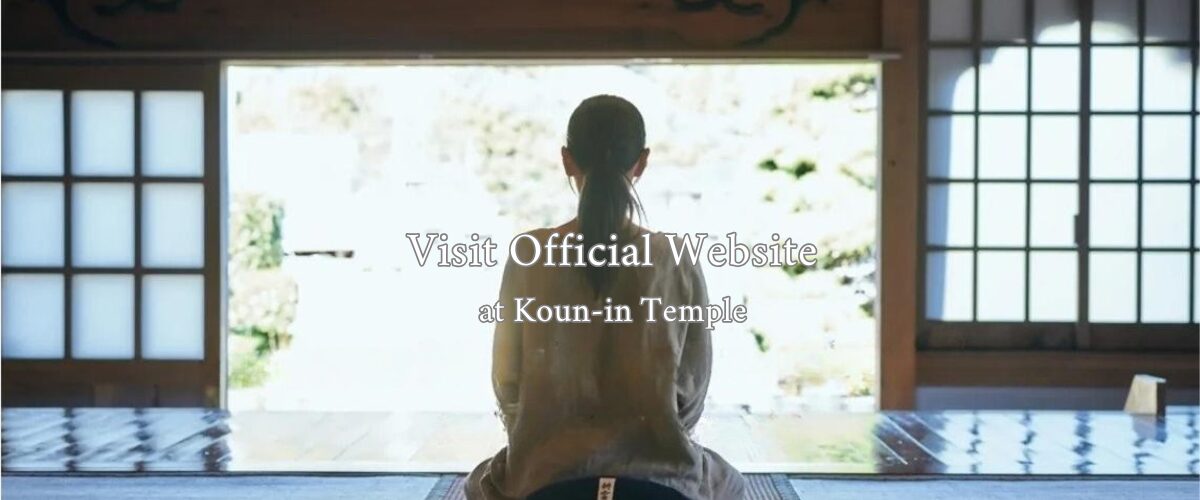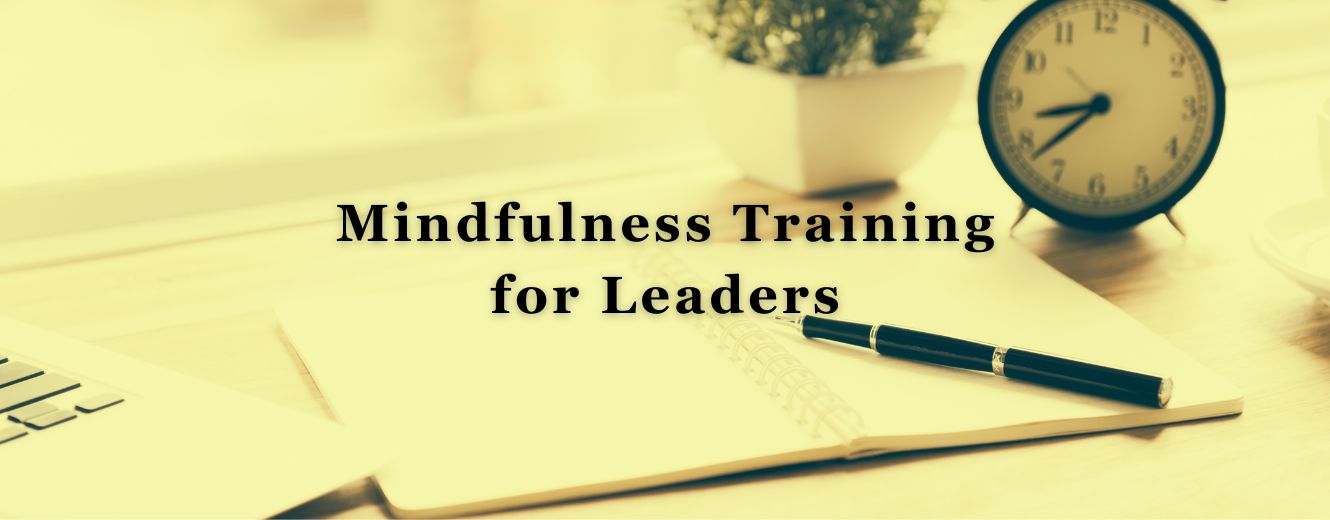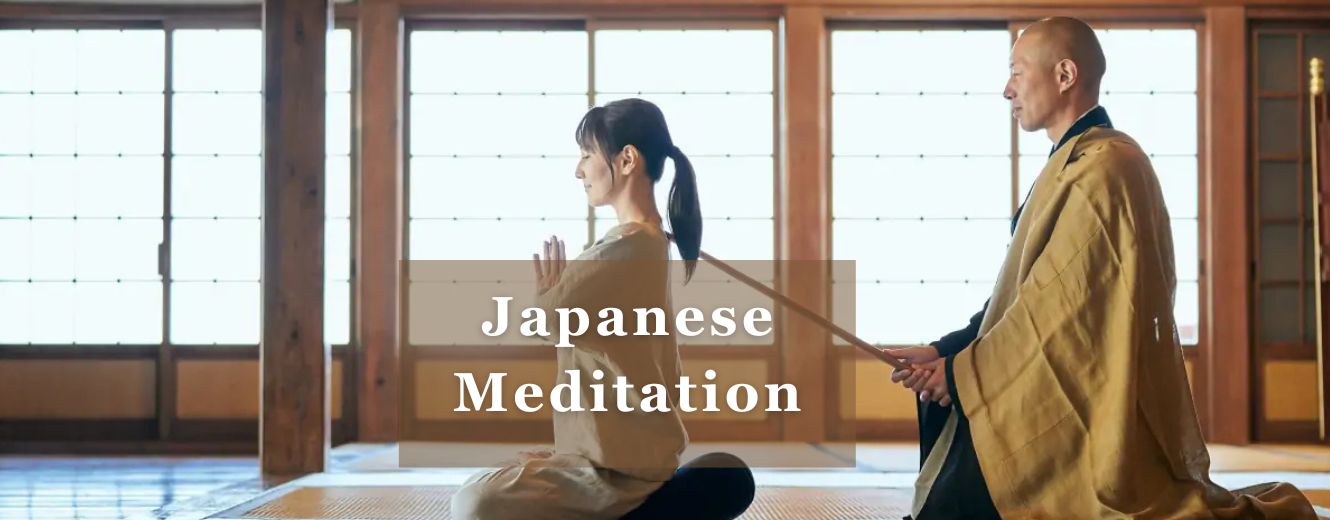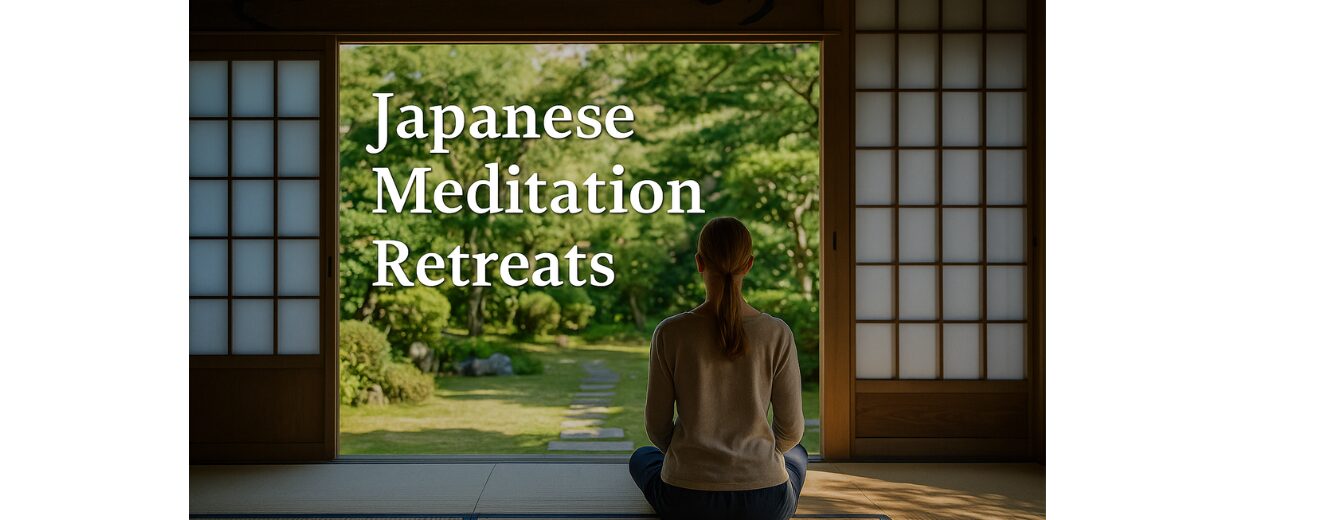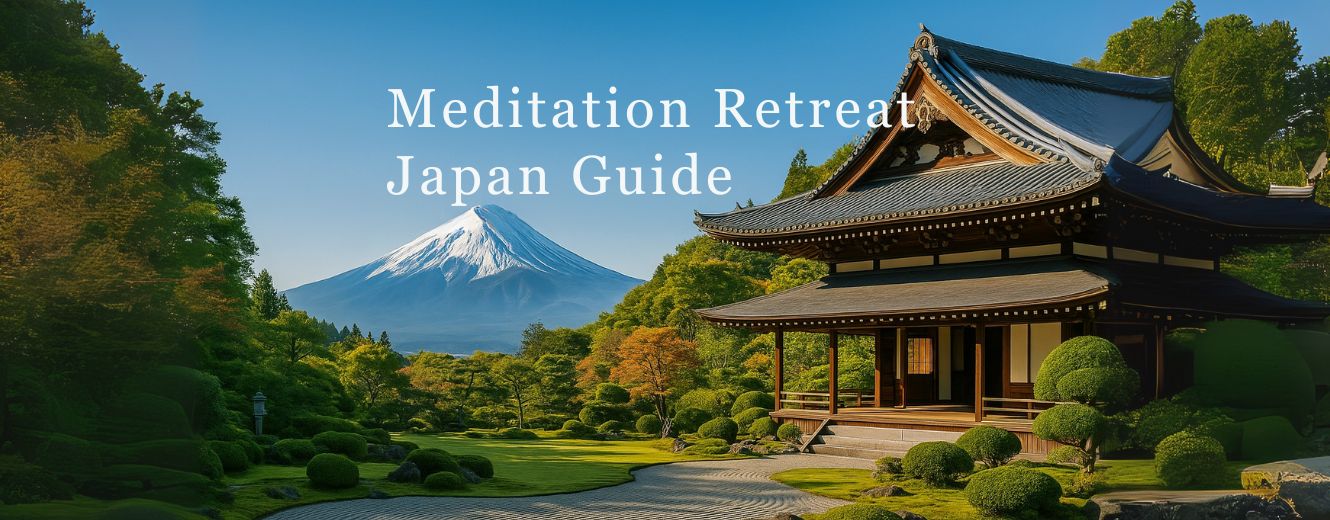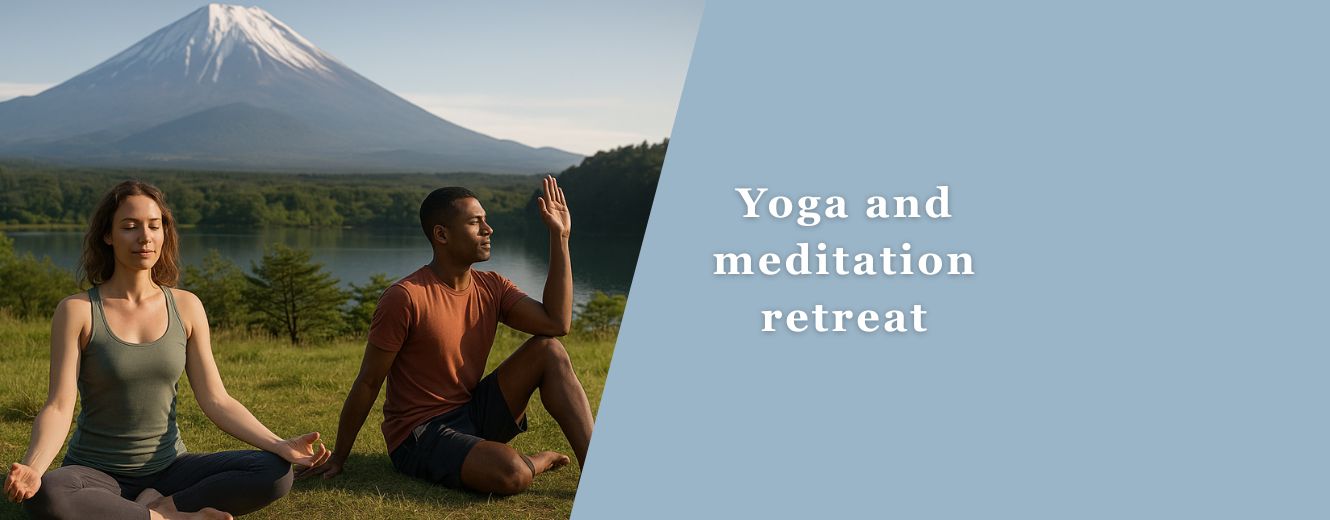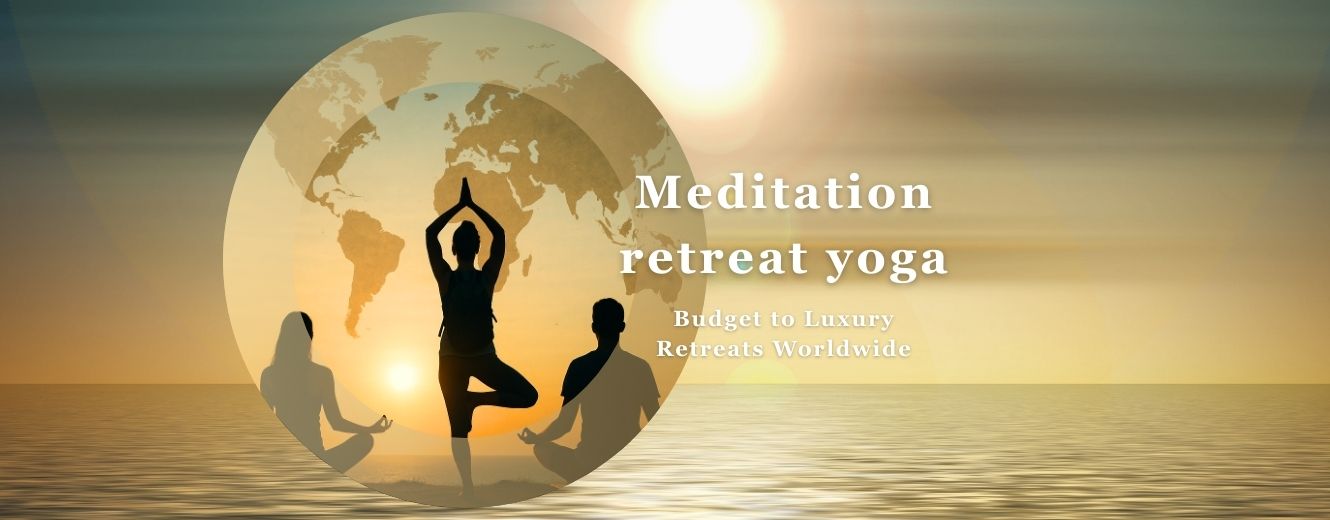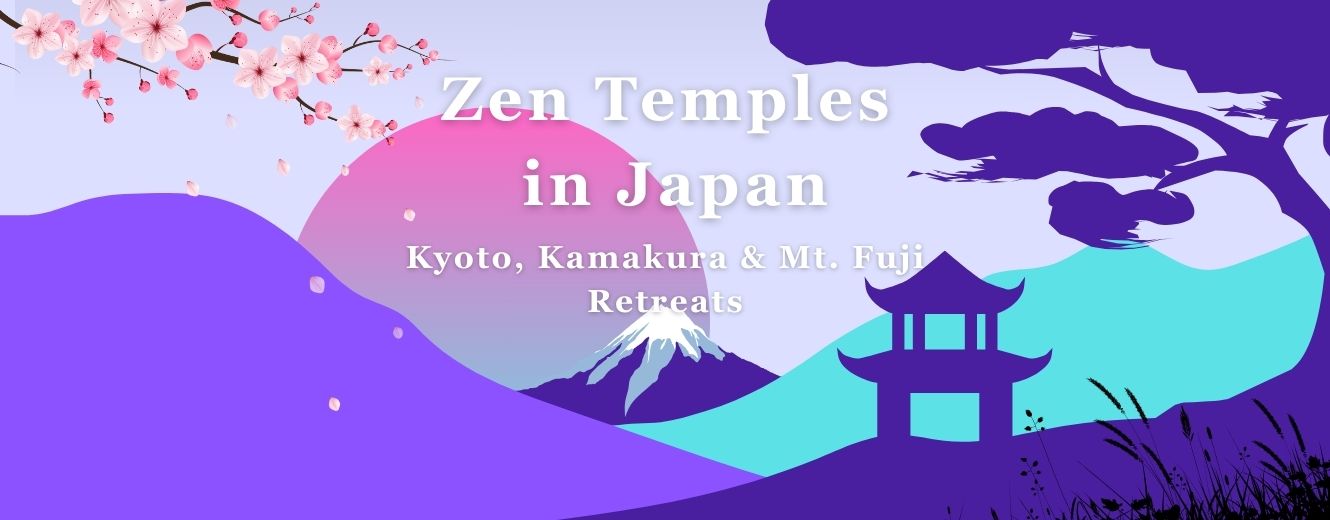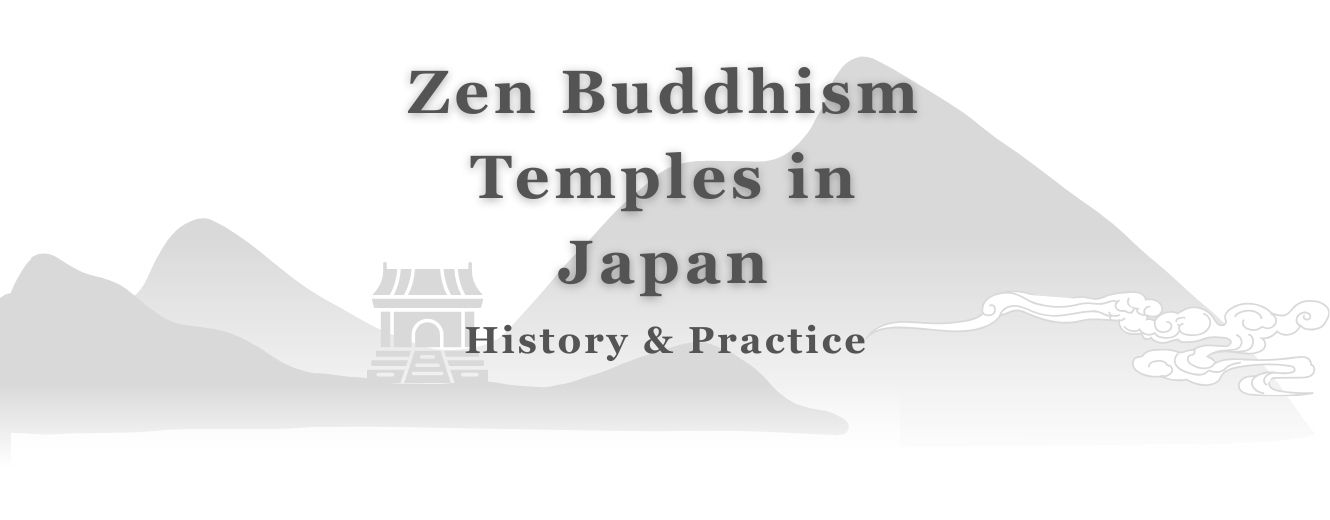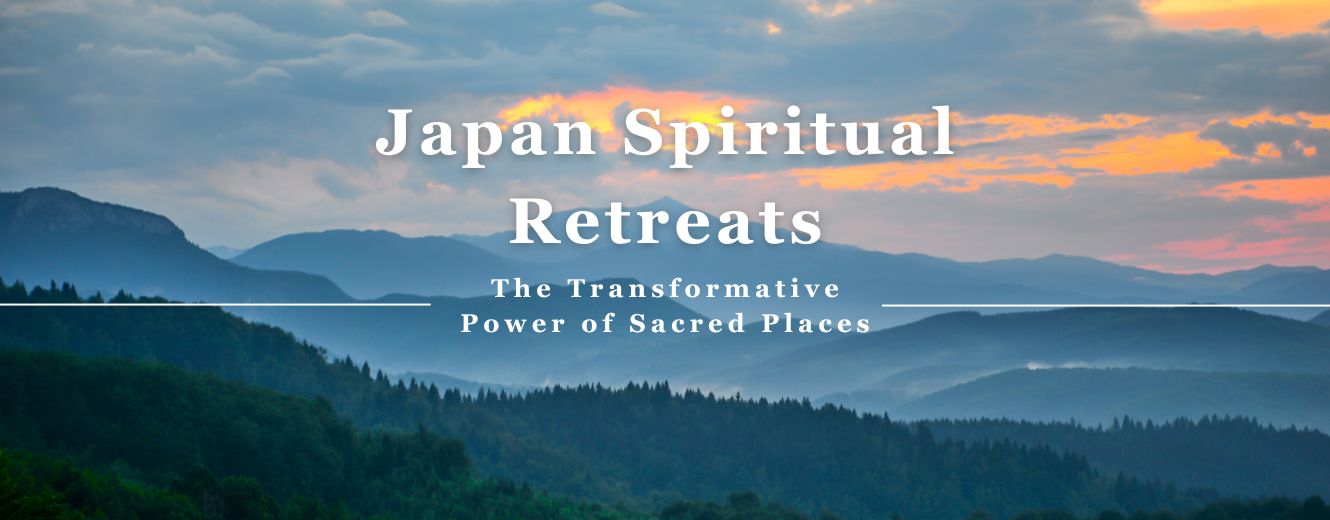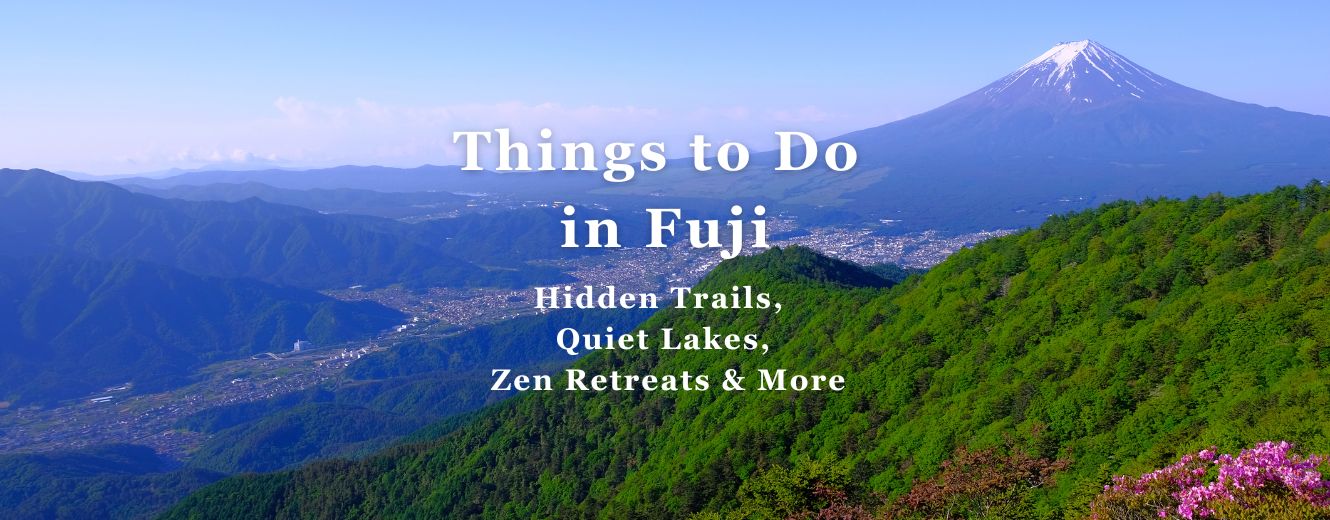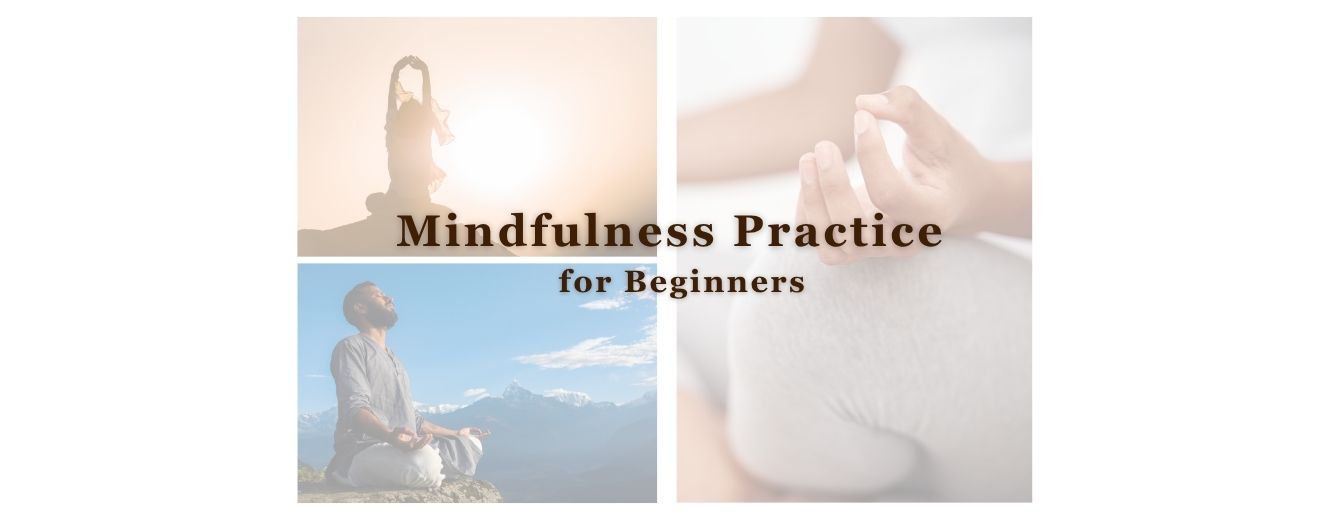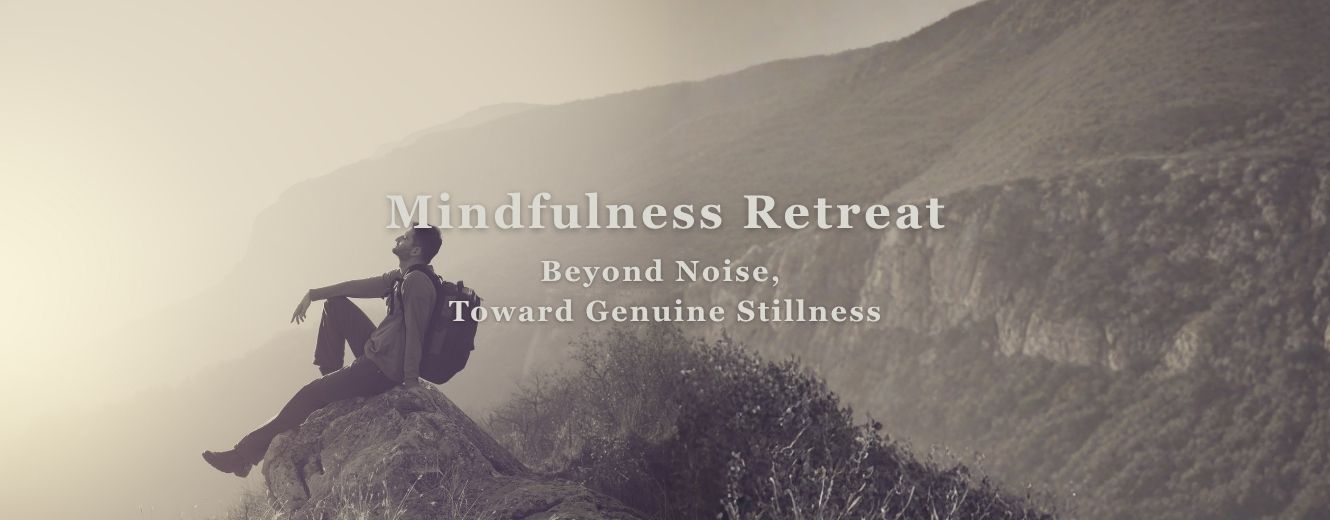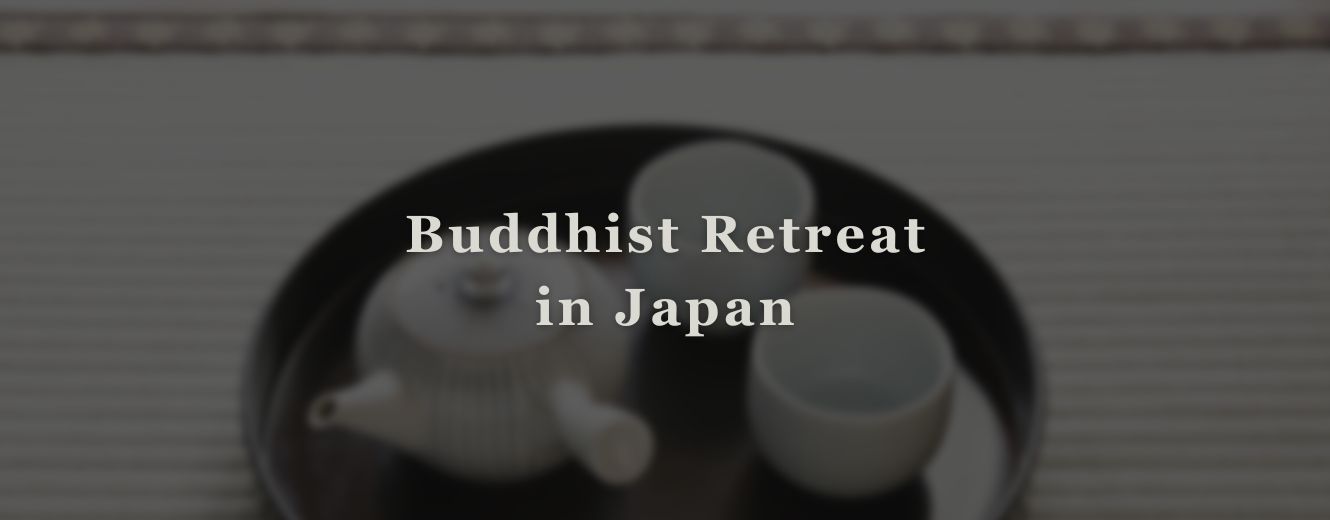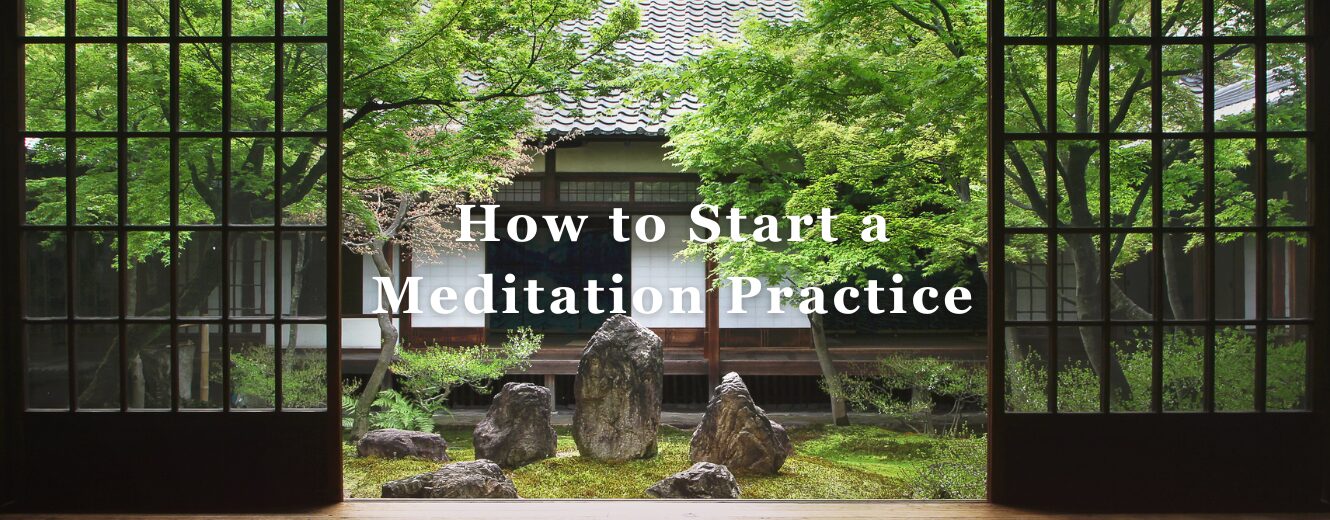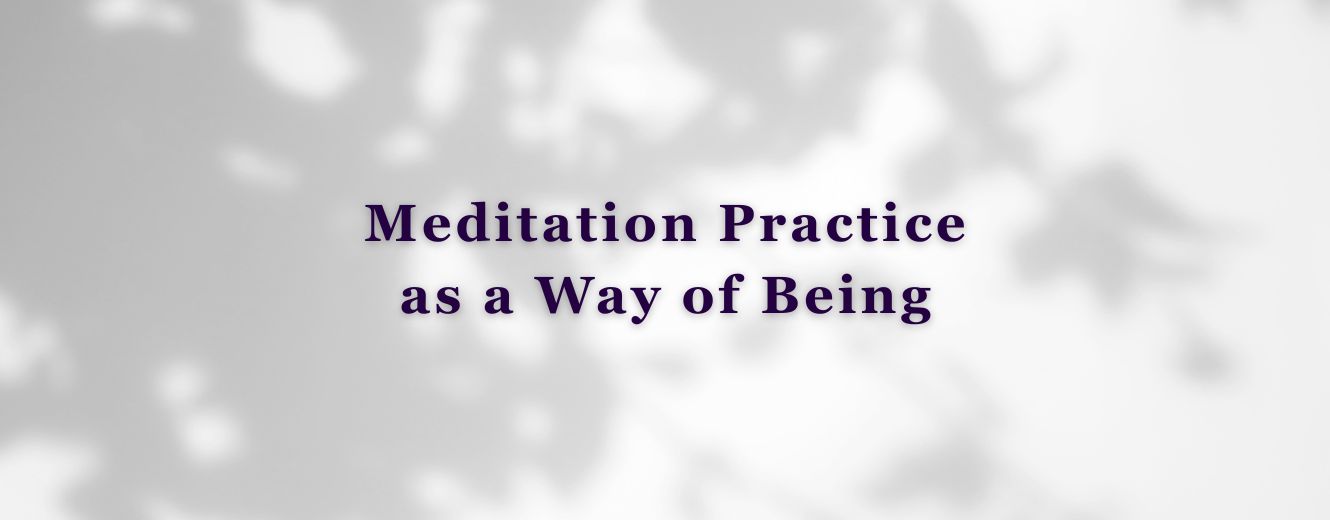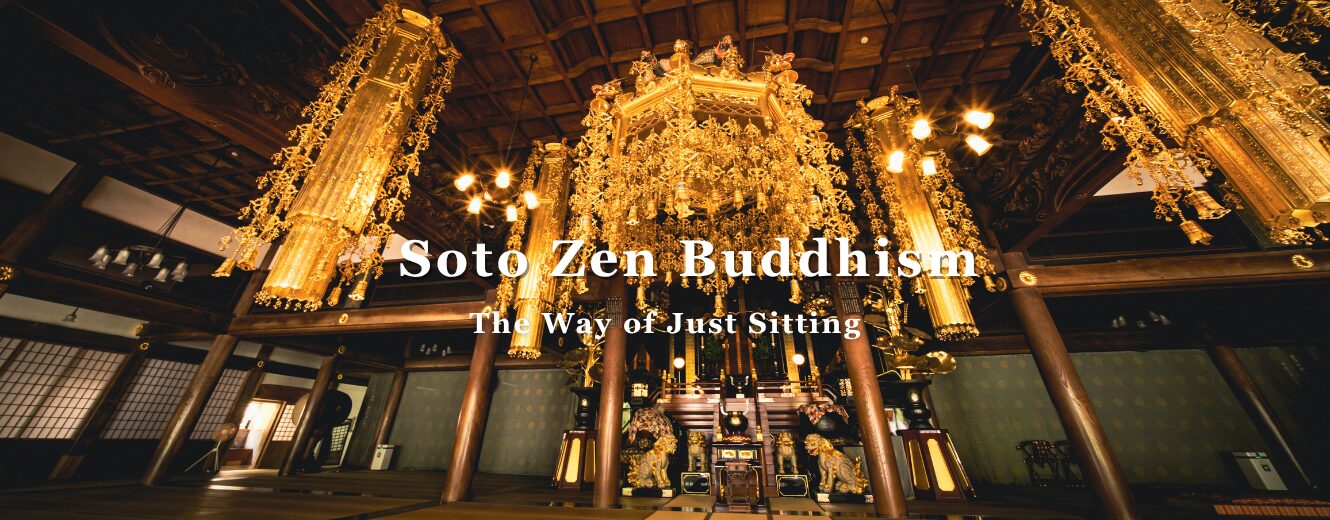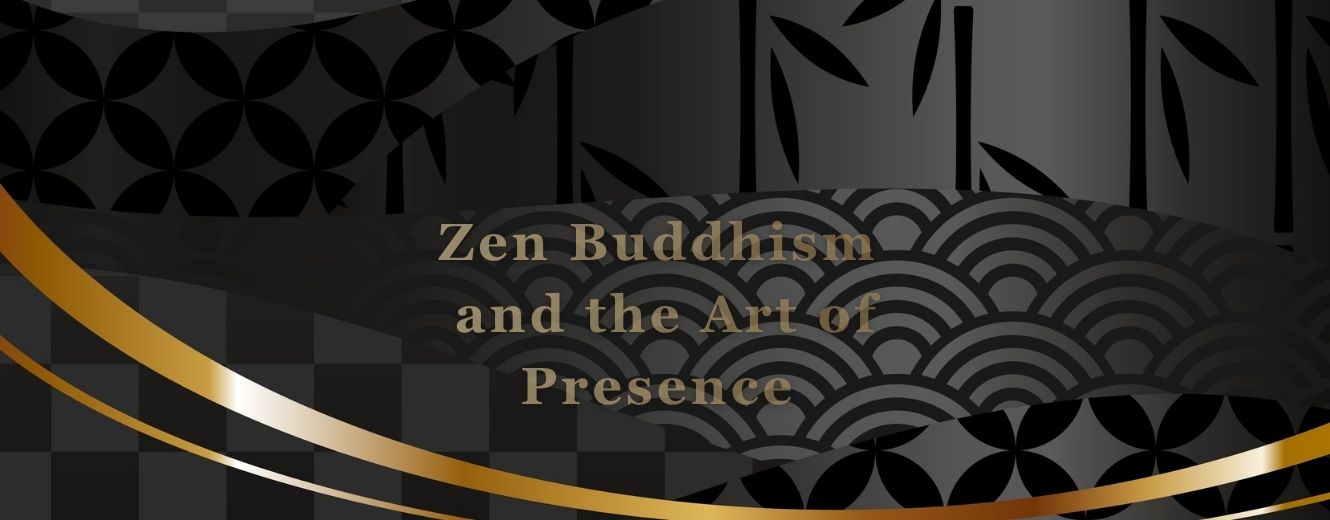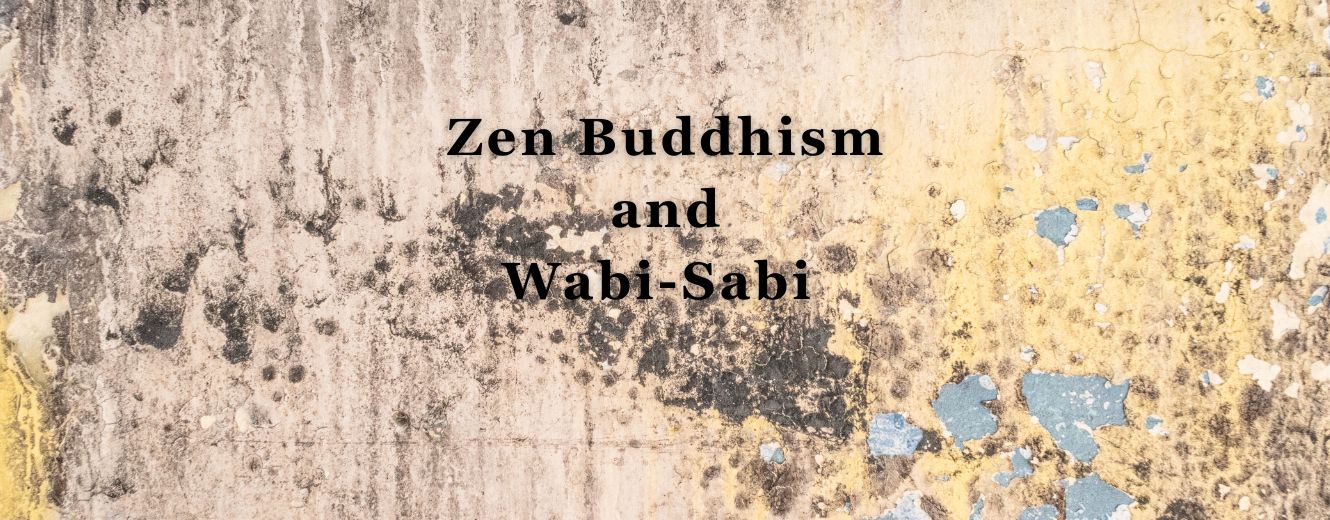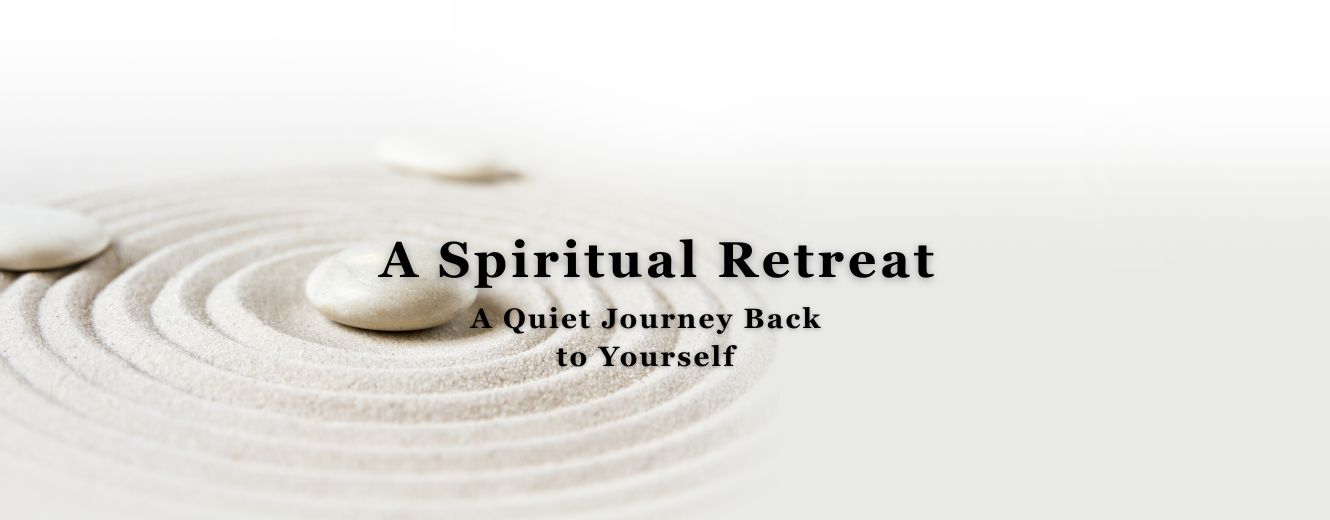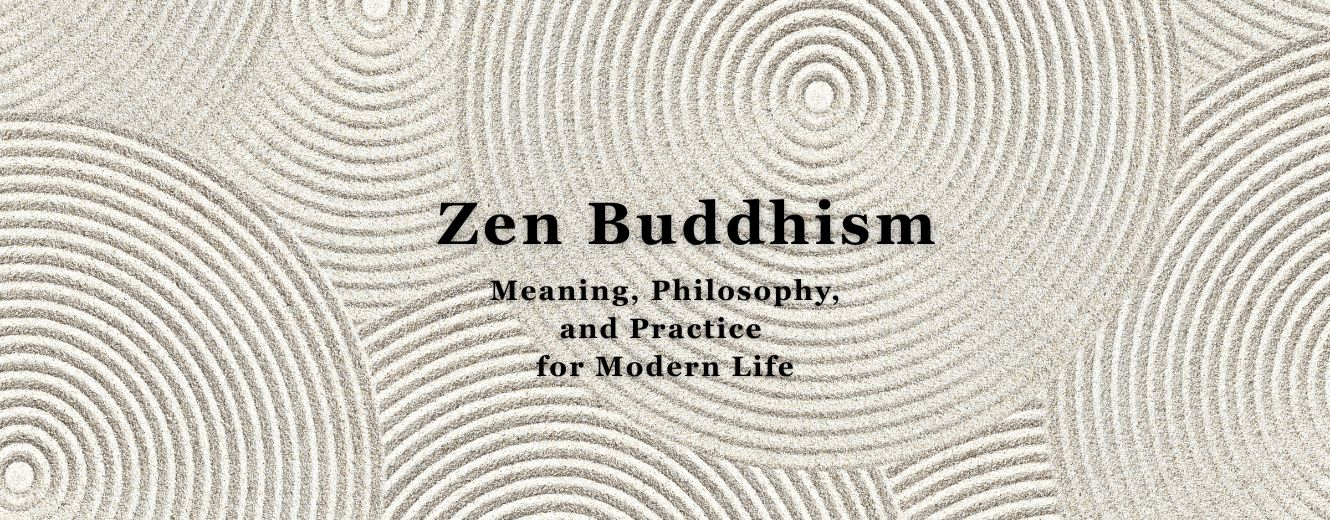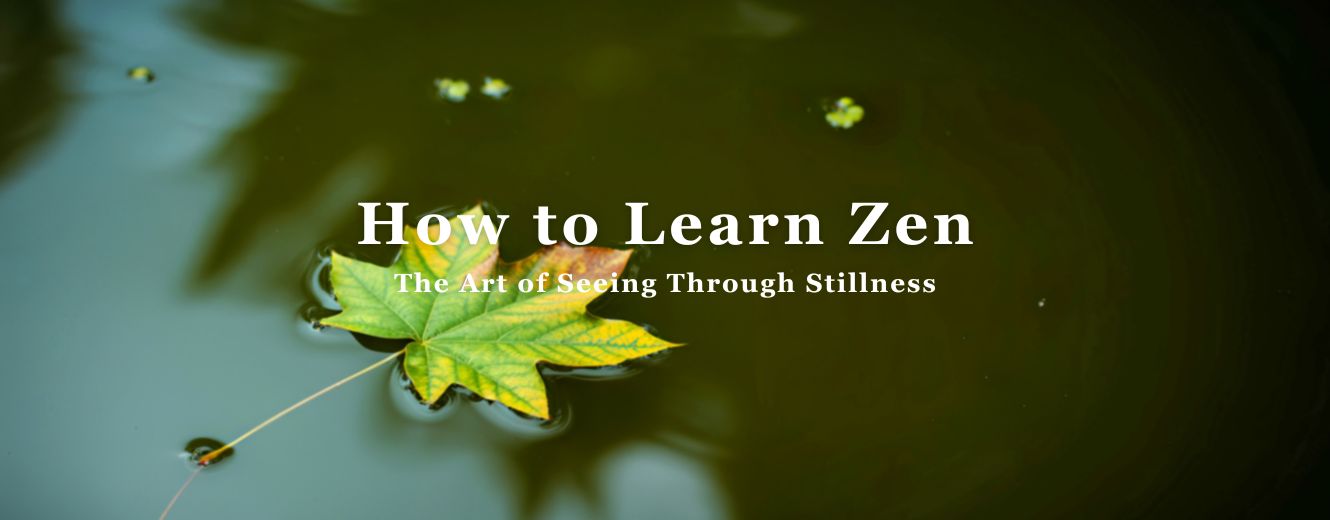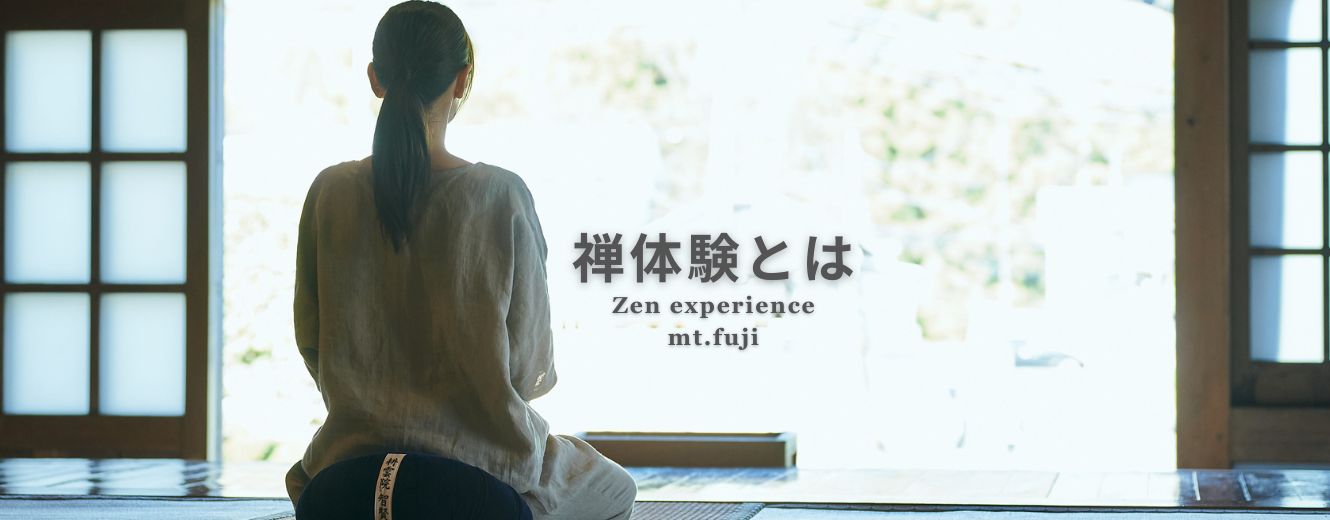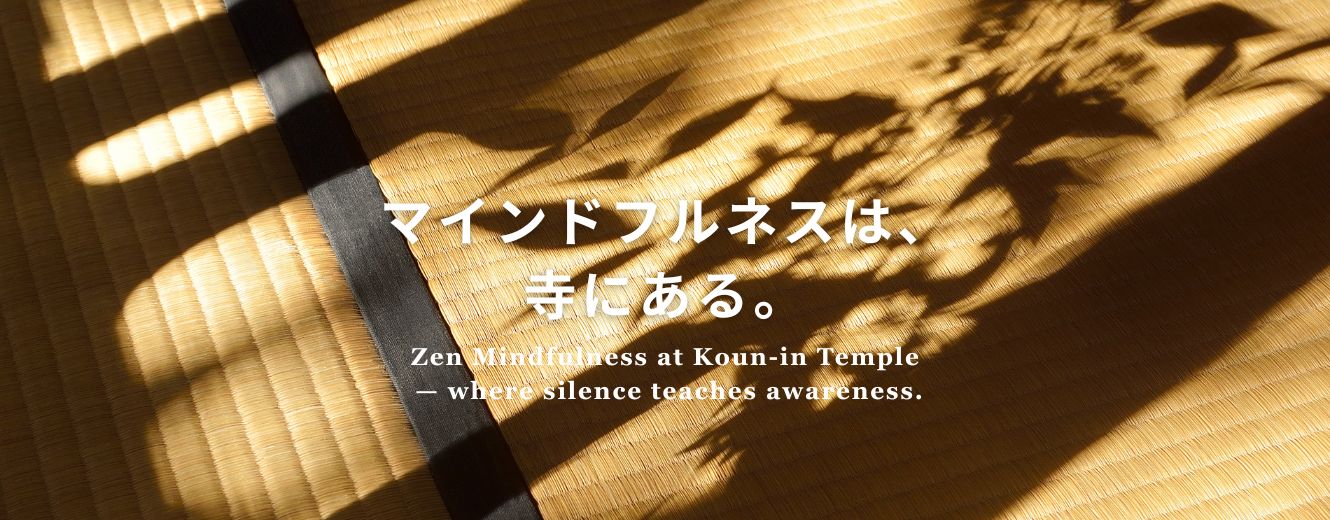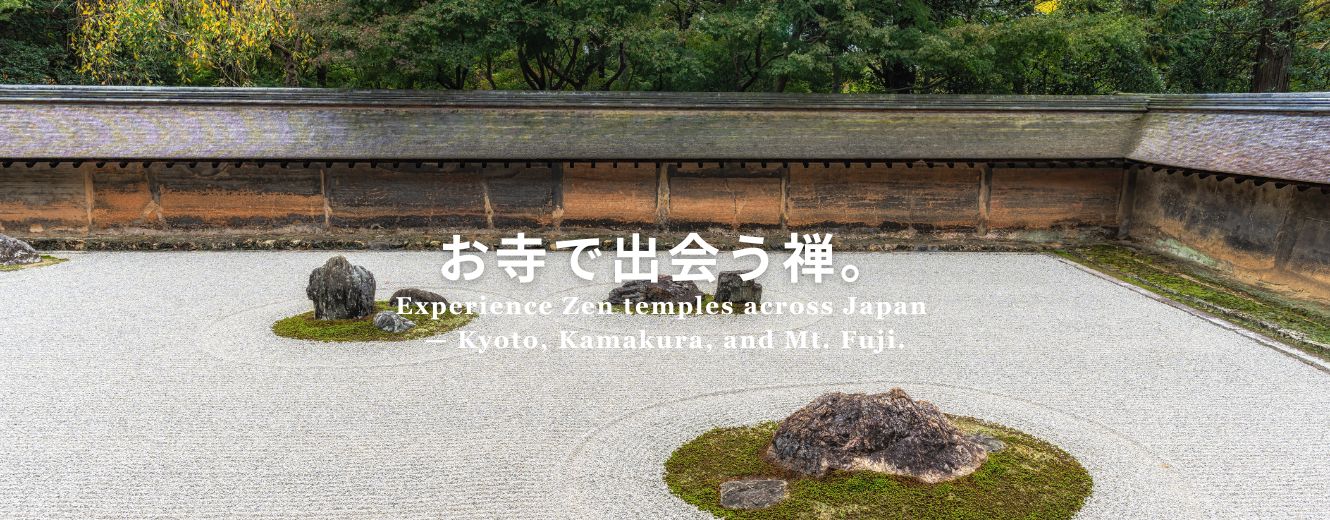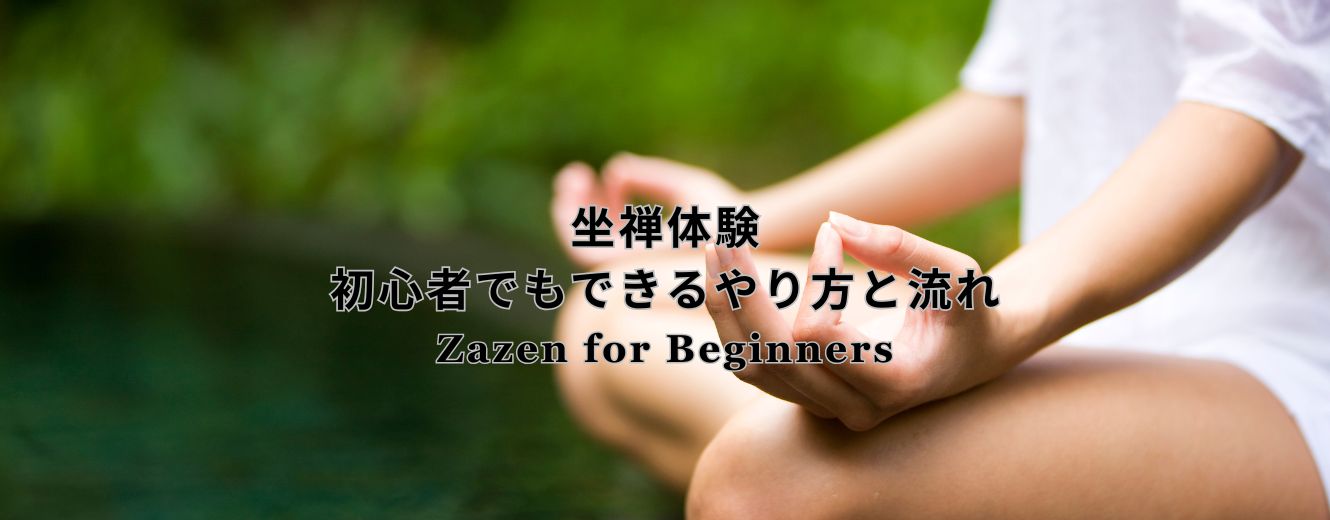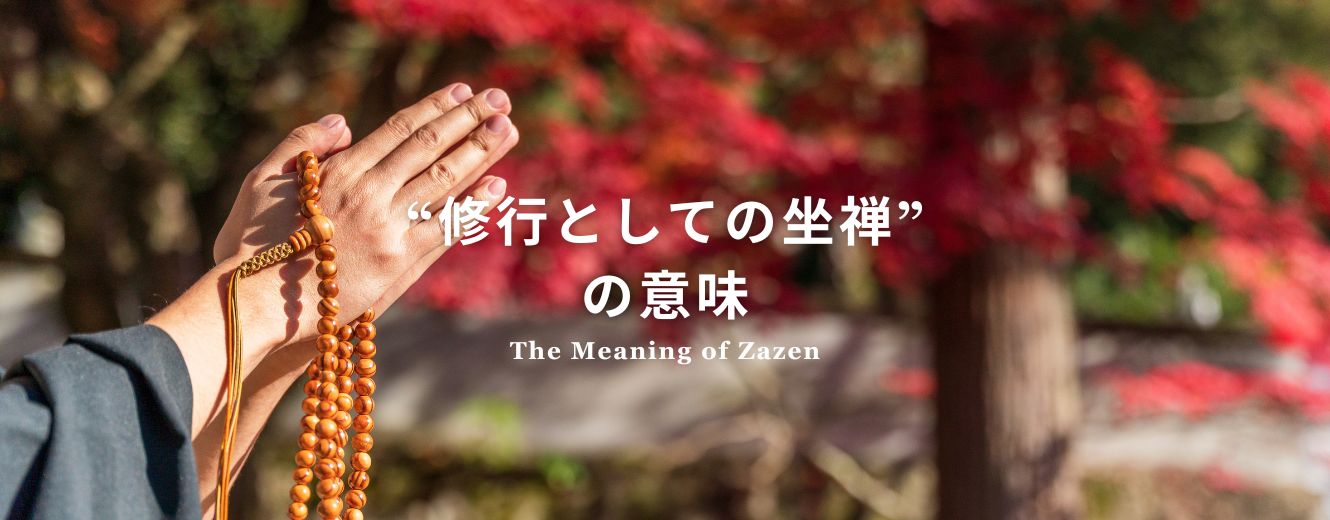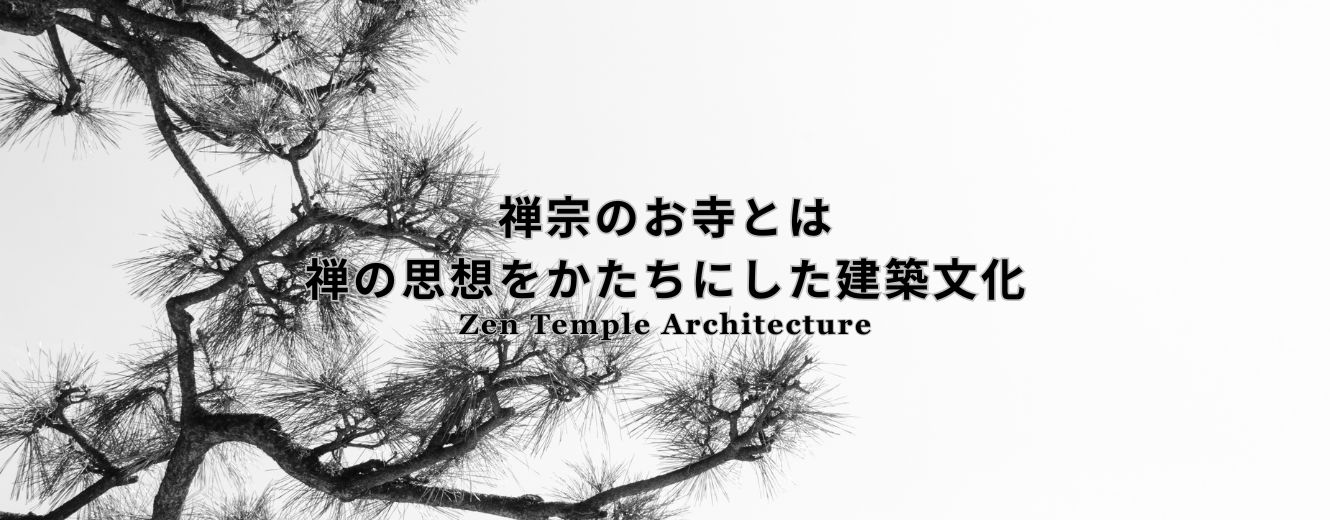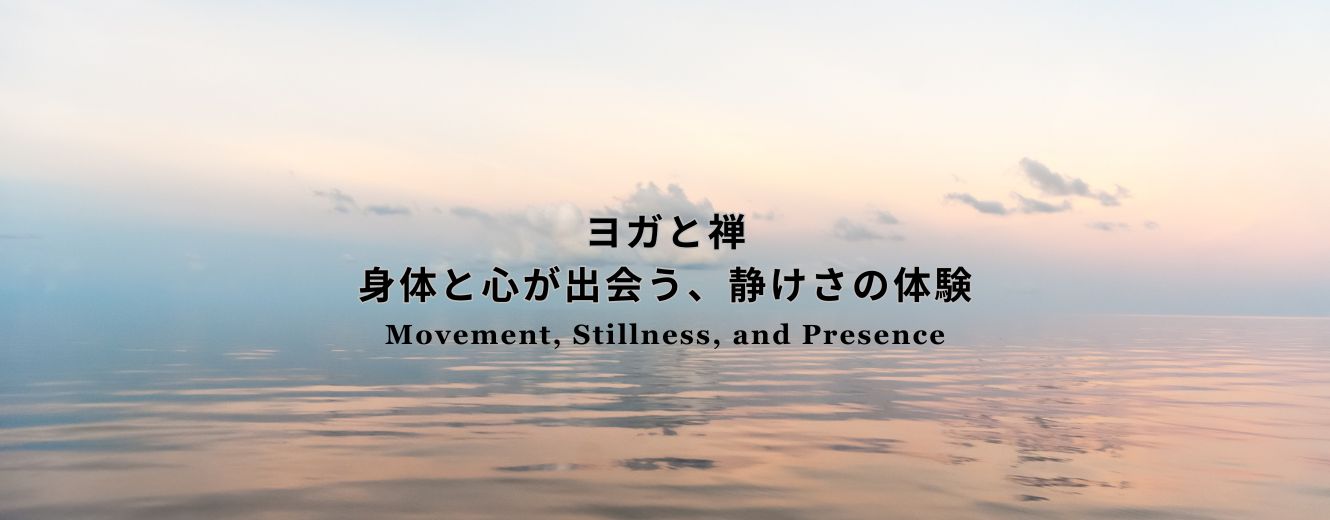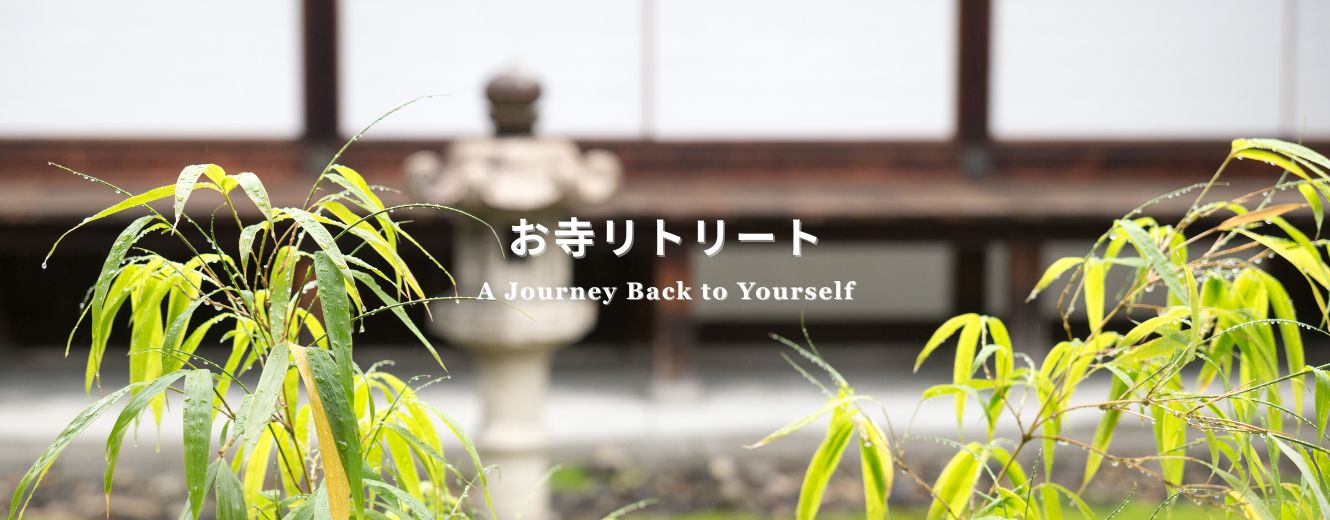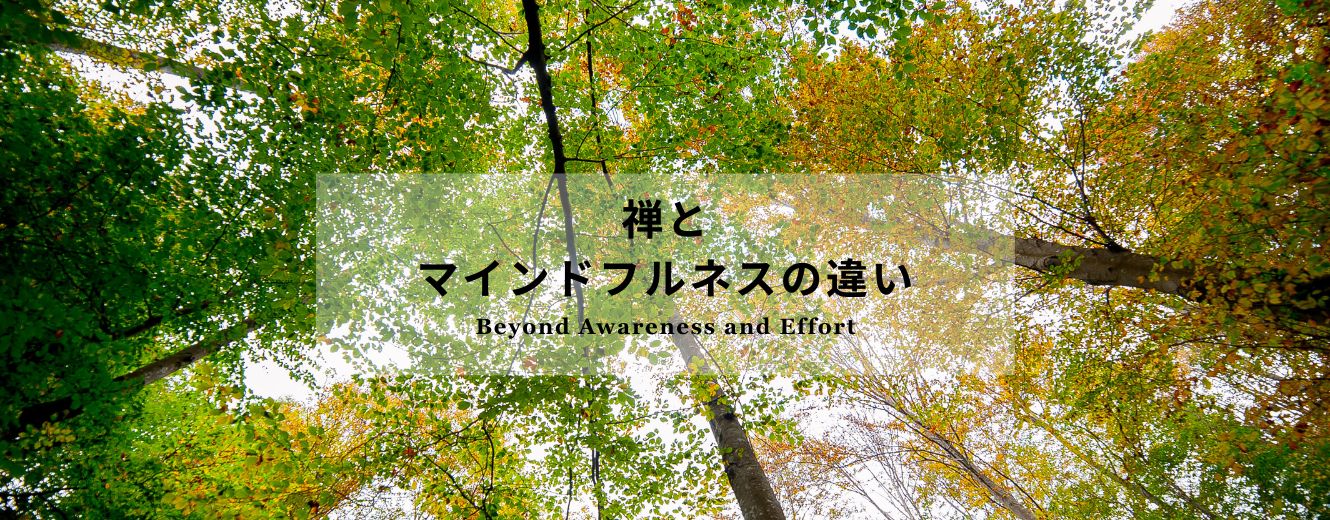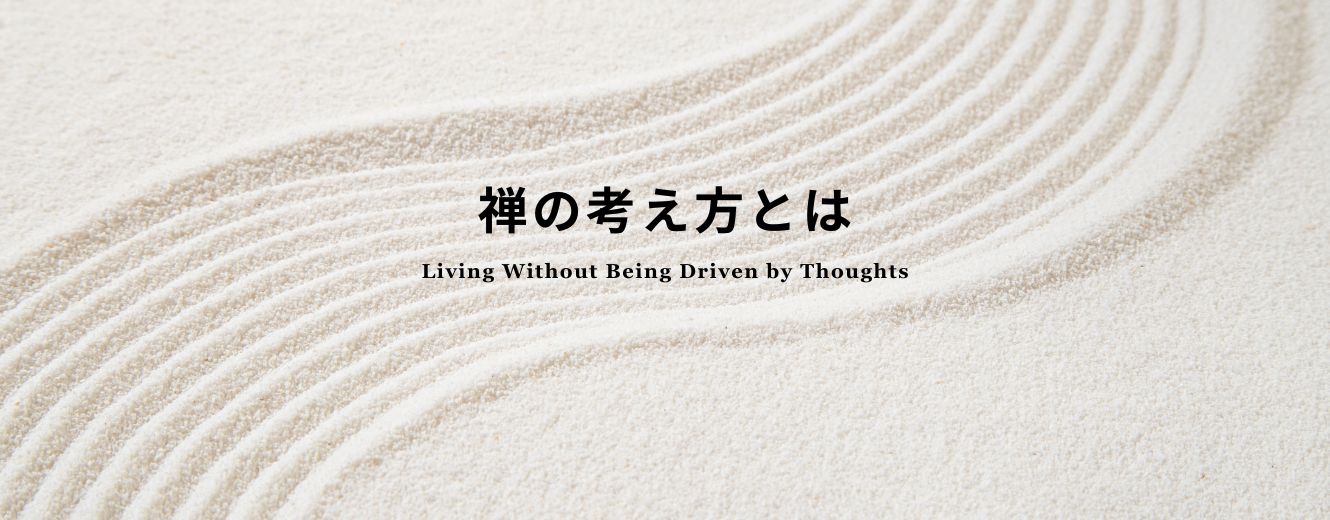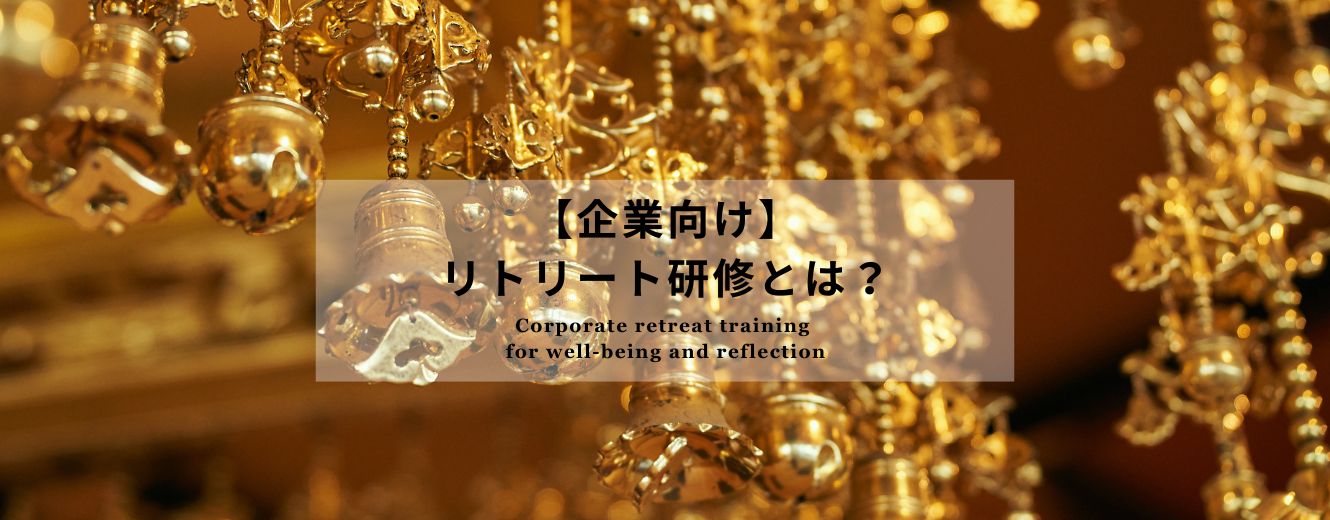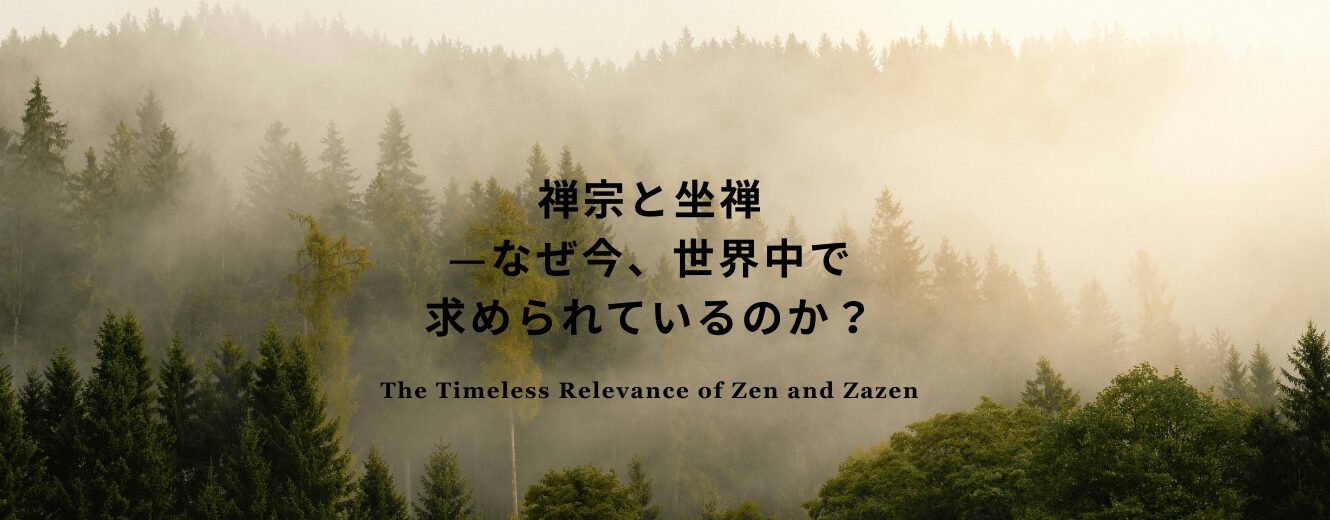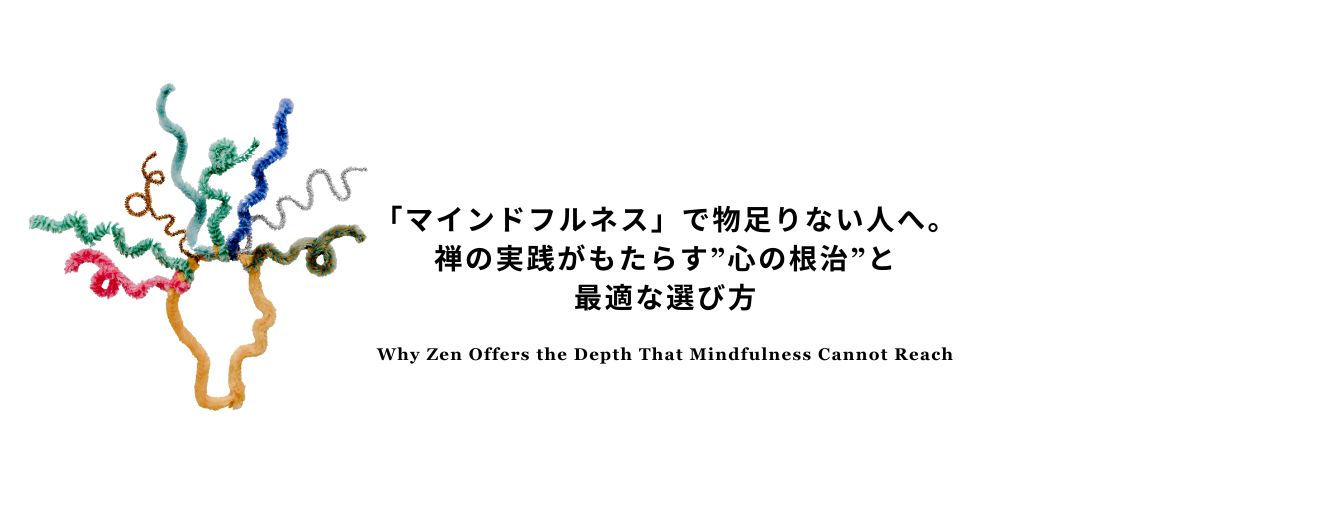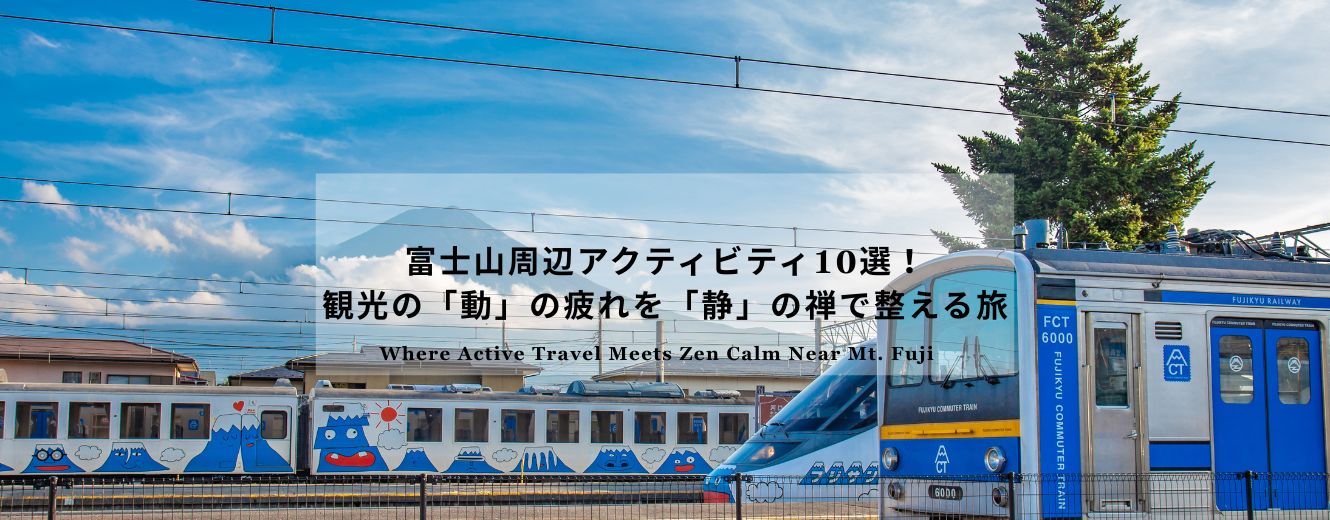Introduction — What “Training” Really Means
In today’s workplaces, mental overload has become the new normal.
Emails, meetings, Slack pings — constant stimulation leaves no time to breathe.
That’s why corporate mindfulness isn’t a luxury anymore; it’s leadership hygiene.
Like strength training for the mind, it builds stability, clarity, and emotional balance.
Taking two breaths before replying to an email or pausing before a meeting — these aren’t soft skills.
They’re neural drills for executive performance.
In Zen, discipline isn’t about perfection; it’s about alignment of body, breath, and mind. Stillness isn’t what you find after success — it’s what makes success sustainable.
👉 For beginners, see our foundational guide:Mindfulness How to Practice — Simple Daily Steps to Calm the Mind
1. Why “Training,” Not “Practicing,” Changes Corporate Outcomes
Most professionals “practice” mindfulness casually.
But when you train mindfulness like a structured discipline, it transforms performance metrics — not just mood.
In neuroscience terms, mindfulness training improves attention control, emotional regulation, and response inhibition.
In business terms, that means better focus under pressure, calmer communication, and clearer decision-making.
Zen has taught this for centuries through gyōjūzaga — walking, standing, sitting, lying down.
Every act is practice. You don’t “do” mindfulness; you embody it at work.
👉 For a deeper philosophical perspective, read:Meditation Practice as a Way of Being — Beyond Mindfulness Toward Clarity
2. The Science — Attention, Amygdala, and Workplace Performance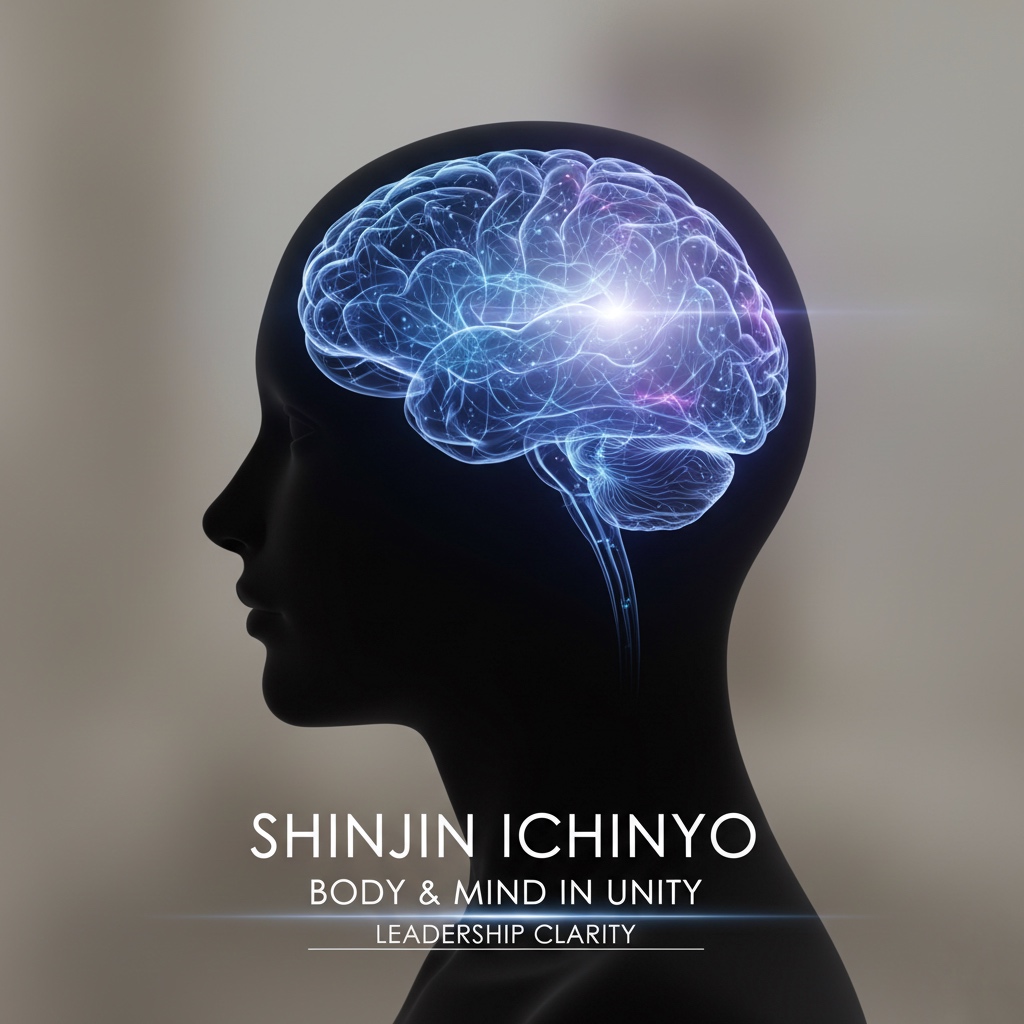
Your brain learns calmness the same way it learns chaos — through repetition.
When practiced daily, mindfulness increases prefrontal cortex activity (focus, planning) and regulates the amygdala (stress, reaction).
Corporate research now links mindfulness training to higher productivity, lower burnout, and improved team empathy.
HR departments worldwide are integrating it as part of executive development programs.
This isn’t “spirituality at work.”
It’s cognitive fitness. In Zen terms, shinjin ichinyo — body and mind in unity.
When the body settles, leadership clarity follows.
3. The 4-Week Corporate Mindfulness Training Protocol
| Week | Focus | Practice | Duration |
|---|---|---|---|
| Week 1 — Reset | Awareness at work | Posture & breath check 3× daily | 1 min each |
| Week 2 — Steady Focus | Deep concentration | 5-minute breathing sessions | 5 min |
| Week 3 — Label & Release | Emotional regulation | Name thoughts, release tension | 7 min |
| Week 4 — Open Monitoring | Clarity in communication | Observe without judging | 10 min |
Self-check at 0, 2, and 4 weeks: Rate (1–5): focus under pressure / emotional balance / meeting presence.
The goal isn’t longer time — it’s faster recovery and consistent clarity.
4. Daily Drills for Work
- Before You Reply: Two breaths before a critical email — not delay, but emotional precision.
- Meeting Opener: Three shared breaths at the start of a team meeting — the easiest way to reset group energy.
- Commute Reset: Five mindful minutes before entering the office. Leave digital noise at the door.
Each is a micro-reset — short enough for the workplace, strong enough to shift your state.
5. Common Mistakes Leaders Make
❌ Forcing calm — Stillness can’t be manufactured. It appears when resistance drops.
❌ Over-effort — Consistency beats intensity. Five minutes daily is better than one hour weekly.
❌ Outsourcing mindfulness to apps — Apps are tools. Real transformation happens in silence, not in software.
Zen calls this Hōgejaku — “Put it all down.” You don’t add calm. You remove friction.
6. From Training to Culture — Building Mindful Teams
In corporate settings, mindfulness works only when it scales beyond individuals. The goal isn’t one calm employee — it’s a calm organization.
Weekly 15-Minute Team Reset
3 minutes breath, 10 minutes silence, 2 minutes share. No slides. No small talk. Just presence.
Slack / Teams Integration
Set an automated reminder: Pause → Breathe → Refocus. Small nudges create lasting behavioral loops.
Leadership as Tone
True mindful leadership isn’t about speaking slowly — it’s about pausing before reacting.
In high-pressure culture, silence is strategy. Zen reminds us: “Even a fool who keeps walking arrives before a genius who stops.”
7. The Zen Science of Alignment
Corporate neuroscience calls it coherence — the body and brain working in sync.
Zen calls it chōwa — harmony in motion.
At Eiheiji, monks train to breathe through every movement — bowing, cleaning, eating.
In that repetition, structure becomes liberation. Form isn’t a prison.
It’s a path.
That’s how leaders build resilience under uncertainty — not by avoiding stress, but by aligning through it.
8. The Middle Way at Work — Returning to Neutral
Mindfulness in the workplace isn’t about permanent calm.
It’s about the ability to return — from chaos to clarity, reaction to intention.
This is the Middle Way (chūdō): balance between focus and flow.
A leader’s mind should reflect reality, not distort it — like still water reflecting a mountain.
9. A Living Example — Mindfulness Training in Japan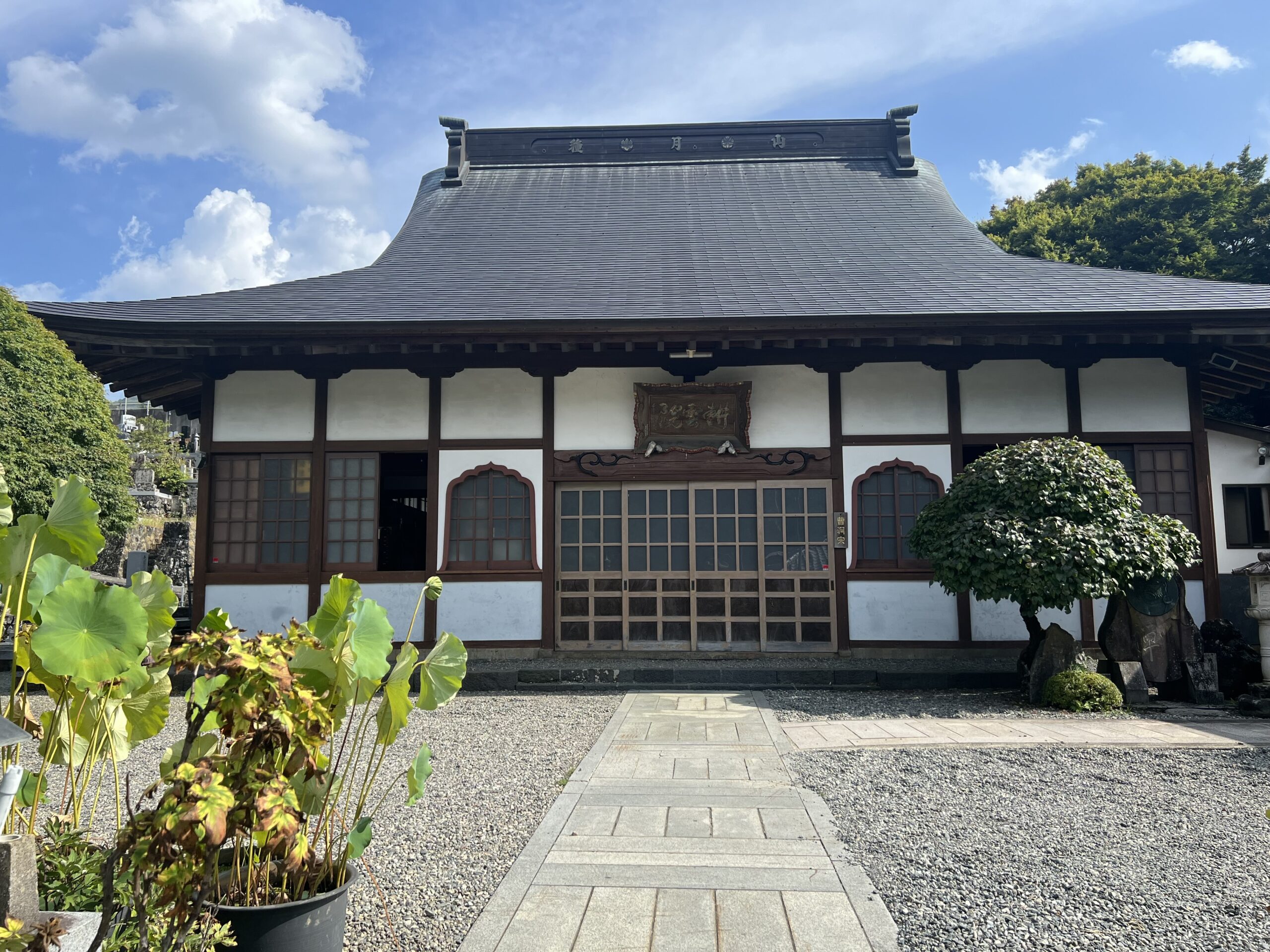
To experience this discipline of stillness, visit Koun-in Temple, a Sōtō Zen monastery in the cedar forests of Yamanashi, near Mt. Fuji.
Program Highlights
- Zazen Meditation — short guided sessions in English
- Sutra Copying (Shakyo) — training patience and precision
- Mindful Actions — embodied awareness in motion
- Shojin Ryori (Zen Cuisine) — plant-based meals rooted in gratitude
🕓 3–4 hours 💰 ¥10,000–15,000 📍 Tsuru City, Yamanashi — 90 min from Tokyo
👉 Visit:Koun-in Temple Zen Retreat
10. Voices from Participants — Zen Retreat Experiences in Japan
“The meditation retreat in Japan was the highlight of my trip. Sitting quietly near Mt. Fuji gave me peace I’d never felt before.”
“More than sightseeing — it felt like stepping into the living spirit of Japanese culture.”
“The combination of yoga and zazen was unforgettable. It helped me experience mindfulness in a new way.”
“We joined as a couple, and sutra copying and temple food made the retreat uniquely Japanese.”
“As a senior traveler, I felt supported. Yoga prepared my body, and meditation gave me renewed energy.”
“As a yoga practitioner, the blend of movement and stillness in an authentic Zen setting was powerful.”
11. A Personal Note — From Rev. Chiken Kawaguchi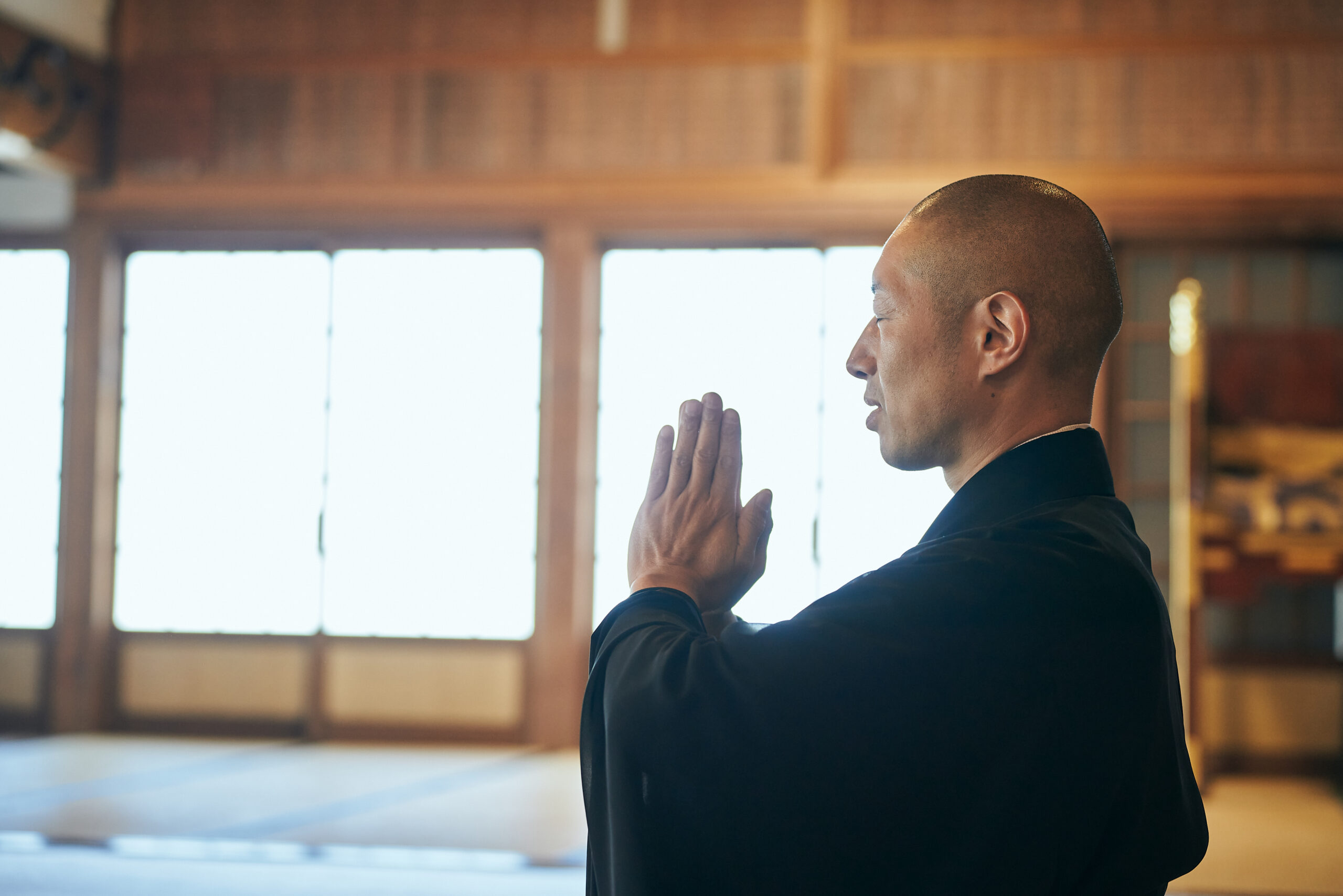
For years, I lived in constant motion — chasing growth, deadlines, and achievement. Like many professionals, I believed peace would come after success.
But true calm begins before success — in the discipline of stillness itself.
When I trained at Eiheiji, the head temple of Sōtō Zen, I learned that discipline isn’t restriction; it’s alignment.
Each bow, each breath, each repetition revealed where my mind had wandered — and how to return.
In Zen we say: Practice is not preparation for life — it is life itself. You don’t need to leave your company or family to begin.
Five mindful minutes a day can become your temple.
Every time you pause and breathe, you’re already training awareness — not escape, but engagement. So wherever you are — office, home, or travel — begin there.
Don’t wait for calm. Train it.
👉 Join Online Zazen from Japan —experience real corporate mindfulness from its roots
12. Closing Reflection — Train, Don’t Chase
You don’t need a meditation app to be mindful at work. You need repetition, rhythm, and honesty. Motivation fades. Training stays.
Each breath is a rep. Each pause is a reset. You don’t chase calm — you condition it. That’s the real meaning of corporate mindfulness: stability in motion, clarity under pressure. And clarity begins the moment you stop trying to reach it.
